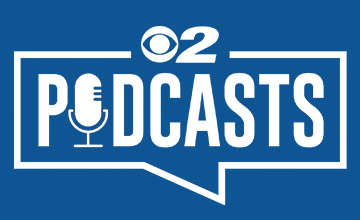Podcast: Play in new window | Download (Duration: 18:20 — 8.4MB) | Embed
Subscribe: Apple Podcasts | Android | RSS
Some women have risk factors before pregnancy or events that happen during pregnancy that make their pregnancy high-risk.
Jade Elliott sits down with Dr. Sean Esplin, a Maternal Fetal Medicine Specialist with Intermountain Healthcare, on this episode of the Baby Your Baby Podcast. Together they discuss high-risk pregnancies and what to do if you are at high risk.
When is a pregnancy considered high risk?
A pregnancy with complications that could affect the health of the mother, the baby or both would make a pregnancy high risk.
What risk factors might women have before becoming pregnant that might make them high risk of having complications?
1. Age of the mother (under 17 or over 35)
2. Pre-existing medical conditions such as:
- High blood pressure
- Being overweight or obese
- Chronic disease like diabetes or autoimmune diseases
- Heart, lung or kidney problems
- Chronic infections like HIV or STDs
- History of miscarriage
- Family history of genetic disorders
Talk to a doctor before becoming pregnant if you have one of those conditions.
What can you do before and during pregnancy to help your pregnancy be low risk?
- Take folic acid supplements or pre-natal vitamins before and during pregnancy
- Stay up to date on immunizations
- Eat a healthy diet and maintain proper weight
- Get regular physical exercise, unless advised by your doctor
- Avoid cigarettes, alcohol and drugs, except medications approved by your doctor
- Go to your pre-natal check-ups
What kinds of things might happen during pregnancy that would make it high risk?
- Expecting multiples (twins, triplets, etc.)
- Gestational diabetes
- Pre-eclampsia – characterized by high blood pressure, protein in urine. Swelling may occur.
- Premature labor
- Placenta previa – when the placenta partially or totally covers the cervix or opening of the uterus.
- Fetal development problems
What are some signs or symptoms during pregnancy that you should call your doctor about?
- Vaginal bleeding or leaking fluid from the vagina
- Sudden or severe swelling of face, hands or fingers
- Pain or cramping in the lower abdomen
- Fever or chills
- Pain or burning with urination
- Severe or long-lasting headaches
- Vision problems
- Persistent vomiting, nausea, dizziness
- Baby is moving less than normal after 28 weeks. Fewer than 10 movements within two hours
- Have thoughts of harming yourself or your baby
For more information on high-risk pregnancies and maternal fetal medicine, click here.
The Baby Your Baby program provides many resources for all pregnant women and new moms in Utah. There is also expert advice from the Utah Department of Health and Intermountain Healthcare that air each week on KUTV 2News.
